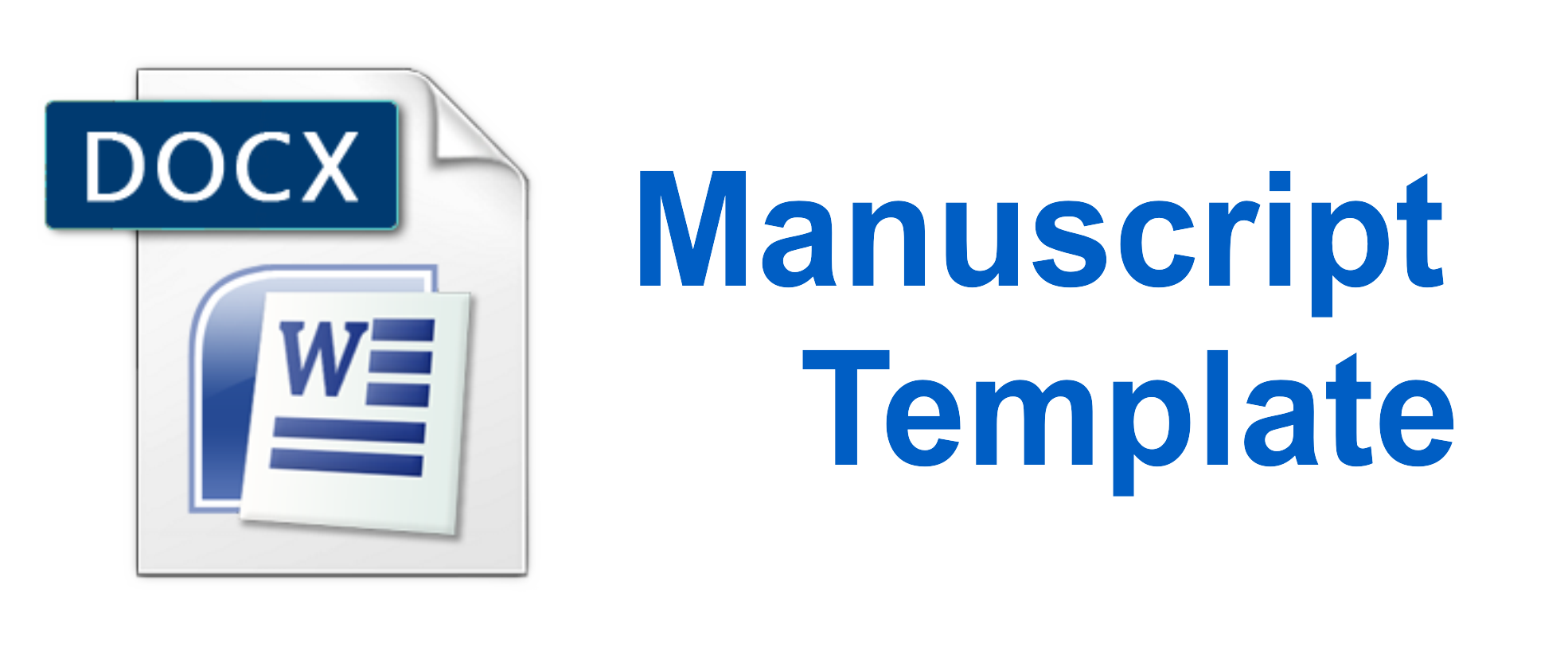The manuscript should be prepared according to the following author guidelines in the PDF article template.
Click Here to download manuscript template.
The manuscript is written in Indonesian or English using Avenir Next LT Pro font, size 11pt, 1 space, with A4 (21 x 29.7 cm) paper format and custom margins (left 2.5 cm, right 2.5 cm, bottom 2.5 cm, top 2.5 cm). The manuscript should consist of 4000‒7000 words and all notes must appear in the text as citations and be listed in the bibliography list. In citations and bibliographical style, use the American Psychological Association (APA) referencing style (6th edition). Cite source using APA in-text citation format, by writing the author’s last name followed by the publication year, for example: (Tomlinson, 2011). Direct quotations, tables, or figured should include the page number, for example: (Tomlinson, 2011, p. 20).
Title
Title must be brief and informative, between 12-14 words
(Avenir Next LT Pro font, 14pt, bold, single paragraph spacing)
First Author1*, Second Author2, …., Last Authorxx
(Without academic title, Avenir Next LT Pro font, 12pt, Bold)
1Affiliation, Country (Avenir Next LT Pro font, 11pt)
2Affiliation, Country (Avenir Next LT Pro font, 11pt)
xxAffiliation, Country (Avenir Next LT Pro font, 11pt)
Email Address
*Corresponding Author
Only write email for the corresponding author (Avenir Next LT Pro font, 9pt)
Abstract
The abstract should briefly summarize the aim, findings, or purposes of the article. The authors encouraged to write a clear explanation of the methodology or conceptual framework used in the article, followed by a summary of the research findings. The end part of the abstract should give a conclusion that indicates how this paper contributes to fill the gap in previous studies or any practical implication that might occur. The abstract should be written in Indonesian and English, one concise paragraph, and approximately 150–200 words. (Avenir Next LT Pro font, 9pt)
Keywords: Include 3–5 words or phrases relevant to your paper topic, separate them with semicolon (;), and do not end with a period (Avenir Next LT Pro font, 9pt)
Introduction
The introduction part should explore these elements: (1) Explanation about the research background and the general theme or topic; (2) provide a clear and convincing answer to the question, why is this article is important? (3) a concise literature review of available literature or research. Please cite the most imperative part, theories, or debate from existing studies; (4) indicate how your article will contribute to filling the gap to the current studies. This is also important to show that your idea is original; (5) explain specific problems or questions and hypotheses that will be the main point(s) of the article. We encourage authors to bring only one or two questions. The author should also describe the objectives of the research and offer a brief structure of the article.
Method
This section contains the design or research design carried out. In this section, at least contains the type of research, subject/object of research, techniques/instruments of data collection, and data analysis.
Results and Discussion
The results section of a report details the results or findings of the research. It answers the following questions: “What happened?” and “What was found?”. There is no interpretation of the results, it only states the facts. Use visual data, e.g. tables and graphs to summarise the results and make them easy to understand. However, if visual data is used, they must be referred to in text.
The discussion section of a report interprets the results of the research. It is here that the findings are woven together and the major issues/themes are identified and discussed. The discussion section aims to: (1) state/identify the main research findings/themes; (2) interpret and weave the results together to show what they mean; (3) link the results to other research. Identifying the major themes in the results will help structure the discussion, especially in long reports.
Table and Figure
Tables are a concise and effective way to present large amounts of data. You should design them carefully so that you clearly communicate your results to busy researchers. The following is an example of a well-designed table: clear and concise legend/caption, data divided into categories for clarity, dsfficient spacing between columns and rows, units are provided, font type and size are legible. Tables should have no borders or shading and should be numbered consecutively as they appear in the text (Table. 1, 2, 3, etc). Each table must include a descriptive title and headings for all columns and rows. Meanwhile, figures are ideal for presenting: images, data plots, maps, schematics. Just like tables all figures need to have a clear and concise legend caption to accompany them.
Conclusion
Conclusions should answer the objectives of the research. Tells how your work advances the field from the present state of knowledge. Without clear Conclusions, reviewers and readers will find it difficult to judge the work, and whether or not it merits publication in the journal. Do not repeat the Abstract, or just list experimental results. Provide a clear scientific justification for your work and indicate possible applications and extensions. You should also suggest future experiments and/or point out those that are underway.
References
In a matter of bibliographical style, IJALR follows the American Psychological Association (APA) referencing style (6th edition).






